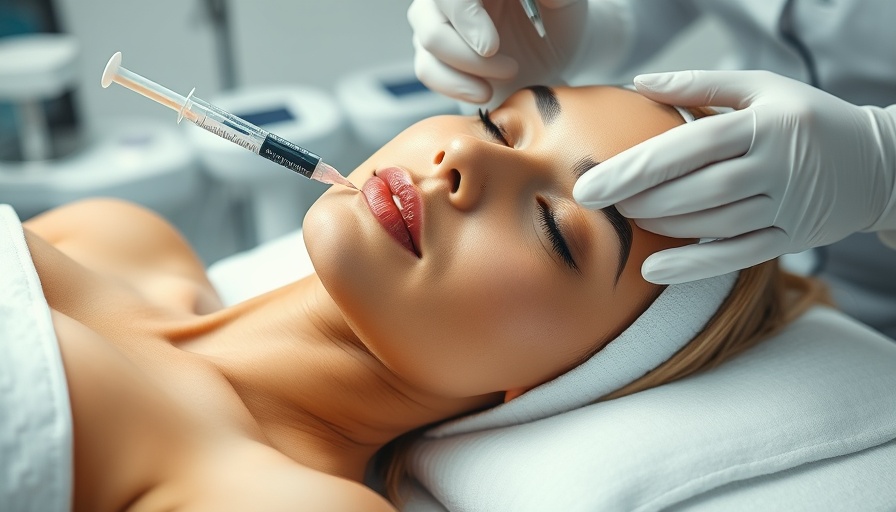
The Rise of Neurotoxins: A Shift in Aesthetic Preferences
The aesthetic medicine landscape is evolving significantly, signaling a notable shift in consumer preferences. Recent reports indicate that neurotoxins are now leading the charge, with up to 50% of dermal filler visits also incorporating neurotoxin procedures. This is a substantial shift, especially given that only 13% of neurotoxin visits now involve dermal fillers—a steep decline from 21% recorded in 2017. Medical spa owners must be astute to this trend, as it reflects changing attitudes among consumers who are increasingly opting for neurotoxins as their go-to treatment.
Understanding GLP-1 Medications in Aesthetic Practices
A noteworthy development in the industry is the increased uptake of GLP-1 medications in conjunction with aesthetic procedures, particularly body contouring. These medications, initially utilized for weight management, are now being integrated into treatment plans, suggesting a holistic approach to aesthetics. Spa owners looking to innovate should consider how GLP-1 can complement their offerings, potentially enhancing the overall patient experience and satisfaction.
The Decline of Hyaluronic Acid Fillers: What It Means for Medspas
While neurotoxins are surging, hyaluronic acid fillers are seeing a notable decline in popularity among medical spa clients. This shift is indicative of a broader trend where patients are gravitating towards treatments that offer immediate and non-invasive results. For spa operators, this can mean reevaluating their product lines and understanding how to position filler treatments in a competitive market. Focusing on education and communication about the benefits and expected outcomes of fillers may help to reignite interest.
Integrating Skincare into Treatment Plans: A Smart Strategy
As the market changes, medspas are recognizing the growing importance of skincare in treatment plans. Offering comprehensive skincare solutions not only complements cosmetic procedures but also enhances the value proposition for clients. By creating packages that include skincare products with neurotoxins and other treatments, spa owners can attract a clientele that values holistic approaches to beauty and wellness. This strategy serves not just to retain existing clients but also to lure in new customers looking for integrated care.
Actionable Insights for Medical Spa Owners
To navigate these trends effectively, medical spa owners should consider the following actionable insights: first, stay informed about the latest product developments and treatment options in neurotoxins and GLP-1 medications. Second, consider offering educational seminars or workshops to inform clients about the evolving landscape. Lastly, don't overlook the opportunity to promote combined treatments that enhance the overall aesthetic experience.
As a call to action, it’s vital for medspa owners to adapt to the changing tides of their industry. Consider how integrating new treatments, such as neurotoxins and GLP-1 medications, into your practice can provide your clients with comprehensive aesthetic options that reflect today's beauty standards. Embrace this change and refine your offerings to meet the growing demands of aesthetics-conscious clients.
 Add Row
Add Row  Add
Add 




Write A Comment